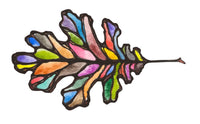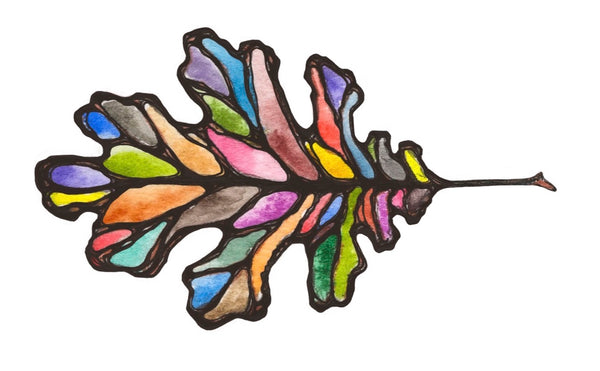
How To Paint Your Own Watercolor Color Chart
Most people will agree that reading a travel guide and actually traveling to visit a new place are two completely different experiences. No matter how well-written or chock-full of detailed color pictures the guide book may be, it is still a matter of second-hand description versus first hand experience.
The same is true for your paints.
Painting with a color yourself versus seeing it first hand with your own eyes is a completely different experience from trying to glean information about colors from a brochure, picture, etc. Of course, brochures and pictures are extremely valuable tools for helping you make your initial choices when shopping, but there is just so much more!

Painting your own color chart is one of the most basic and useful exercises to do with a set of colors. It allows you to test each color, one by one, in one consistent way. This will give you immediate valuable information on the handling characteristics of each color, while also allowing you to compare colors and see their differences highlighted as you go.

Seeing a paint or pigment first-hand is simply a different experience from seeing a printed or photographed version of it. This is one reason why an original painting is so different than a reproduction. Reproduced colors are only ever at best an approximation. Printers use only three to five colors to create colorful images. Take, for example, Red Ochre, a natural red earth pigment. The printer will use a combination of different colors to represent an approximation of this color to you. It will come close, but it will never be Red Ochre.
Reproductions can never have the texture, the luminosity, depth, nuance of place, or ability to reflect and refract light the same way as the original pigment.

I am, rather ironically, restricted to trying to illustrate this difference of first-hand vs. second-hand color using second-hand mediums: word and pictures. But, looking at the graphic above, you can easily see the differences between the same colors. There are, of course, difference in cameras, computer screens, and printers, but the point is that the original paint itself will always be more interesting and true than any reproduction using a second-hand medium.
Oddly, this really isn’t as obvious as it sounds. In our modern world of images, pantone, pinterest, and instant and manufactured everything, it is rather reasonable to assume that a color is a color is a color: universal, as if there is one true green or one true lemon yellow.
I can feel myself teetering on the edge of the science of light rabbit hole, so I will stop myself…
I like to think of color as being physical. Really, it’s just light waves, but they are bouncing off physical objects. Nothing will look like or reflect light in the same way as Malachite except Malachite.
These are some of the things you will see when you paint your own color chart! So, make a little time, clear a little space, pour a drink, and sit down and spend a little quality time with your paints.

A blank version of this chart is now available for download through our Etsy shop!
I used the Greenleaf & Blueberry leaf logo in each of the swatch boxes to give you visual handling information about the opacity of each pigment, both as you paint and looking at the chart after it is dry.
I used Arches 90 lb. Cold Press Watercolor Paper in my printer, cut down to 8.5″ x 11″ on a Black & White ink setting and had excellent results. The digital file available is a JPEG.
Wishing you Happy Painting!
~Jess

